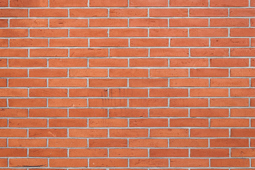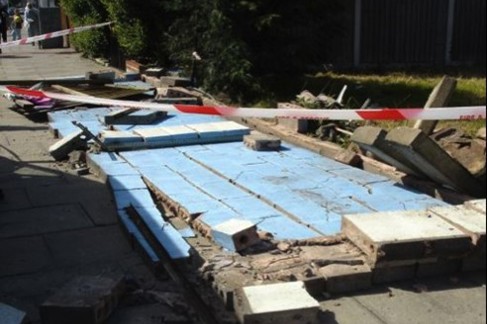
Do my new garden walls need approval?
Project type
Probably not - any walls that are not part of your house or extension are unlikely to be controlled by building regulations unless these provide support to the foundations of another building, including your neighbour’s buildings.
Many local councils will have restrictions on the height of walls and fences and you should check with your local Planning team before you start any work.
Building regulations approval is not generally required for landscaping but if you are removing large amounts of earth you may need to build a retaining wall and you will need advice from a competent structural engineer.
These garden walls, when built well to the correct standards, can provide an attractive and safe environment with better security and privacy; however, LABC teams across the UK do get called out to too many incidents where existing garden walls fail and present a danger to homeowners and the public.
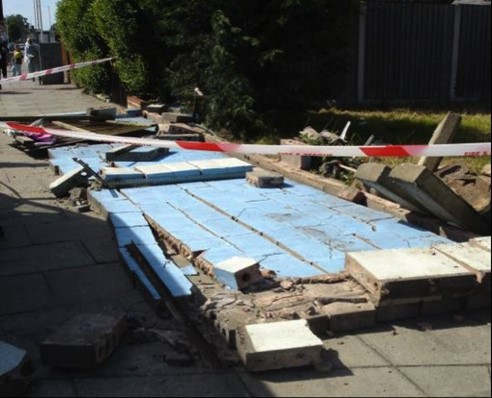
Collapsed boundary wall. Picture courtesy of structural-safety.org
If you build a retaining wall within 3.7m of a street, the Highways Act 1980 requires you to seek approval from the local authority. If the road is adopted you need to approach the Highway Authority instead of your local authority.
Whilst freestanding walls and retaining walls may not require building regulation approval there is guidance to ensure they are built to a good standard.
Retaining walls (up to a maximum height of 1.725m)
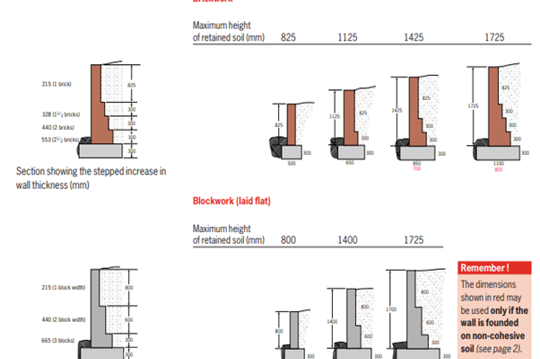
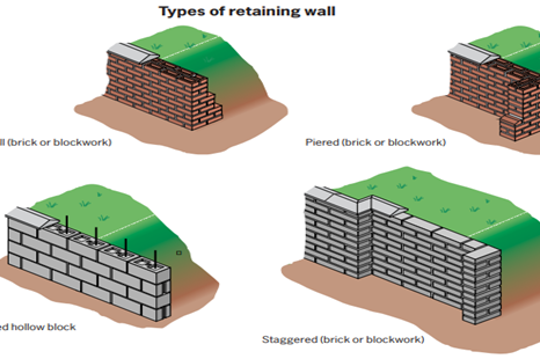
Free-standing walls
The Government has produced useful guidance on what to look for.

The zone diagram/table is based on wind speed distribution across the UK, reflecting the strength of wind the further north and west the wall is being built.
The heights and widths for these walls may not apply if the wall is:
- Adjacent to a vehicle access area
- Adjacent to a public right of way
- Where busy traffic areas are likely
- Close to a medium (4 storeys) or high-rise building (nearer than a distance equal to the height of the building)
- On the crest of a hill or where the slope of the ground is greater than 1:10
- Near an extensive hill or mountain range
- Intended to support a large gate or door
- Where the sub soil is soft (soft clay or peat) or unstable (e.g. poorly compacted filled ground)
- Where the difference in ground level between each side of the wall exceeds twice the wall thickness
The Institute of Structural Engineers has information about preventing the collapse of free-standing masonry walls (cross-safety.org) .
BRE Good Building Guide GBG 27 – building brickwork or blockwork retaining walls, November 1996, Building Research Establishment, ISBN 1-86081-105-1, Published by IHS-BRE.




